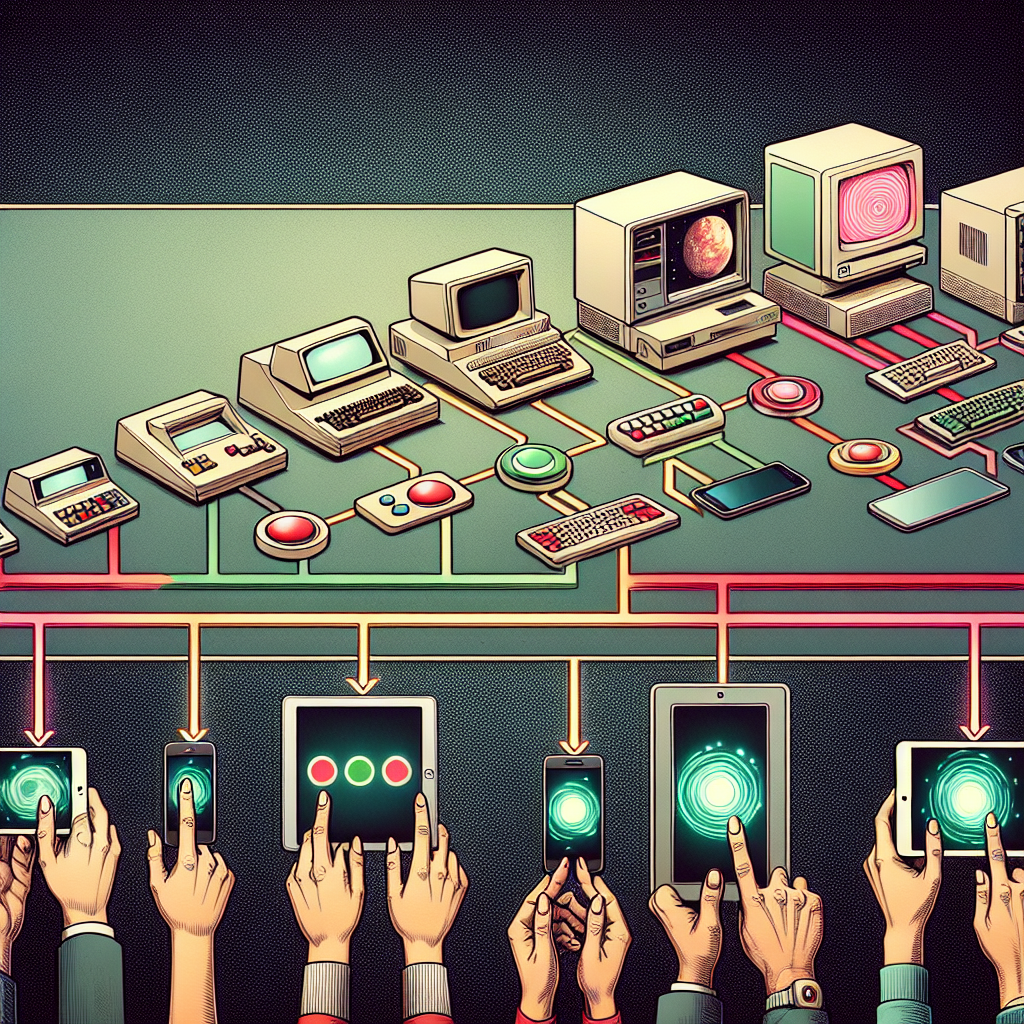In the ever-evolving world of technology, interface design has undergone a significant transformation over the years. From the early days of buttons and knobs to the more recent adoption of gestures and touchscreens, the way we interact with our devices has drastically changed.
In the early days of computing, interface design was primarily focused on physical buttons and knobs. Users would interact with devices by pressing buttons or turning knobs to input commands and navigate through menus. This type of interface design was functional but limited in terms of flexibility and user experience.
As technology advanced, so did interface design. The introduction of graphical user interfaces (GUIs) in the 1980s revolutionized the way users interacted with computers. GUIs allowed for a more visual and intuitive way of navigating through menus and applications, paving the way for the modern interfaces we see today.
One of the biggest advancements in interface design came with the introduction of touchscreens. Touchscreens allowed for a more direct and tactile way of interacting with devices, eliminating the need for physical buttons and allowing for more dynamic and interactive user experiences. This shift towards touchscreens has become increasingly prevalent in smartphones, tablets, and other handheld devices.
In recent years, the rise of gesture-based interfaces has further transformed the way we interact with technology. Gestures allow users to control devices through intuitive hand movements, such as swiping, pinching, and tapping. This type of interface design has become increasingly popular in devices such as smart TVs, virtual reality headsets, and smart home devices.
The evolution of interface design from buttons to gestures has not only improved the user experience but has also opened up new possibilities for technology and innovation. With the rise of artificial intelligence and virtual reality, the way we interact with technology will continue to evolve, paving the way for more immersive and intuitive user experiences.
In conclusion, the evolution of interface design from buttons to gestures represents a significant shift in the way we interact with technology. As technology continues to advance, so too will interface design, creating more engaging and intuitive user experiences for years to come.

Leave a Reply